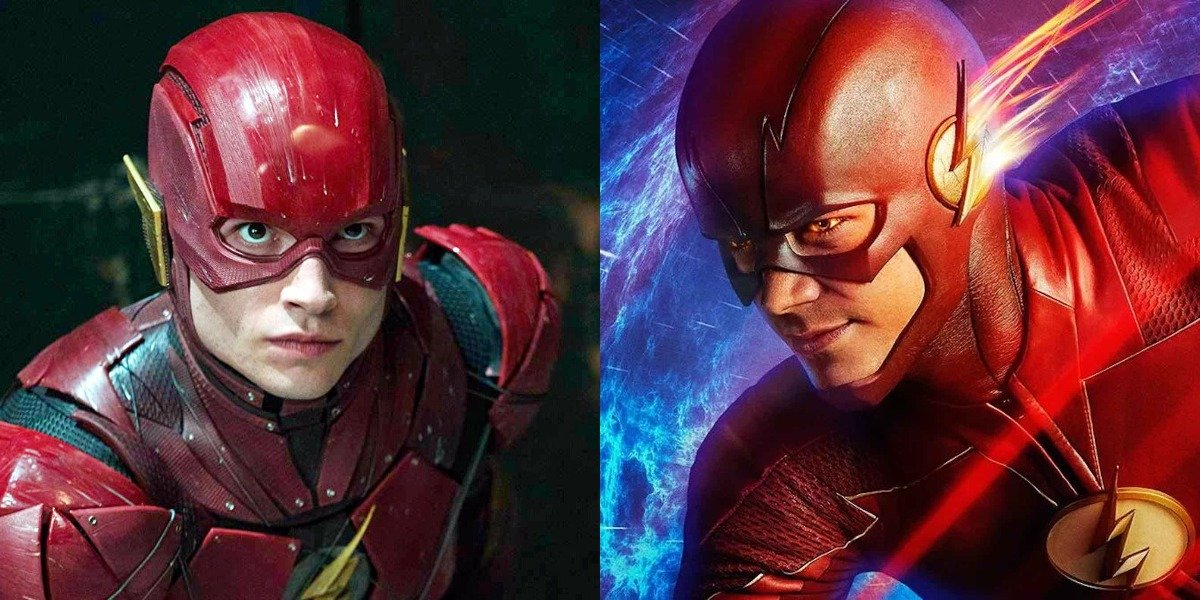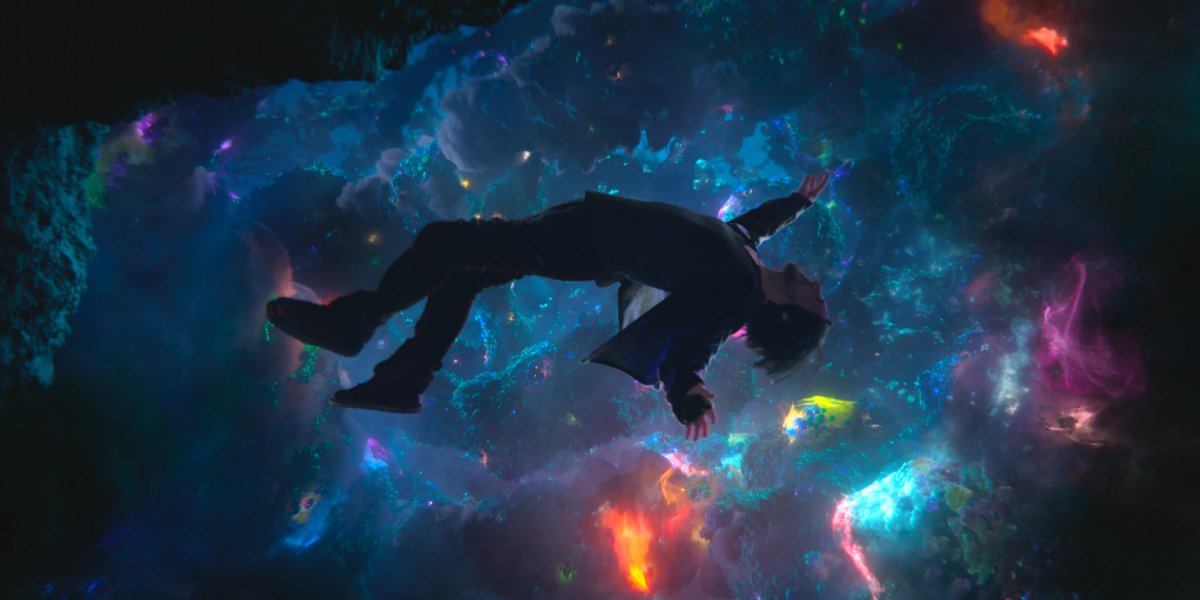What Is DC's Multiverse: 7 Things To Know From The Comics
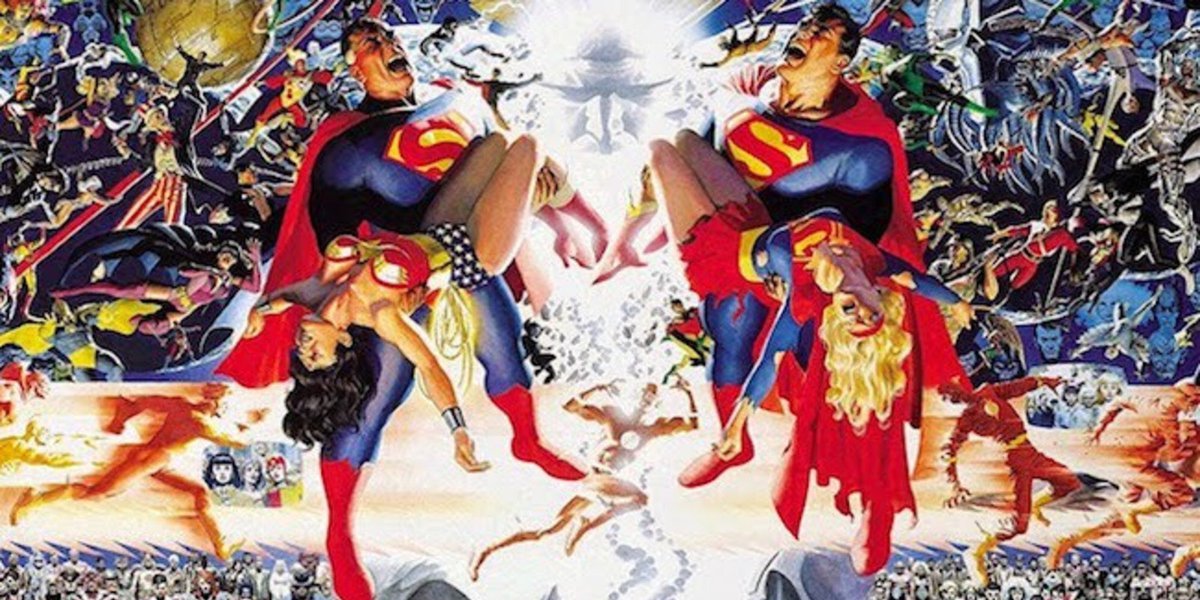
You do not need to be Neil deGrasse Tyson to understand that the DCEU movies are just one timeline within many co-existing realities in which varying incarnations of our favorite superheroes reside, though it would help to be the renowned astrophysicist to explain what the DC Multiverse actually is. Not to mention, it might be worth looking into how this collection of distinctive comic book universes works and how it came to be, before the Flash movie sees both Ben Affleck’s Batman and Michael Keaton’s Batman cross paths with Ezra Miller’s Barry Allen. In fact, the beloved speedster was a key element to the first mention of DC’s Multiverse, which is our first topic of discussion in explaining what the comics can teach us about it.
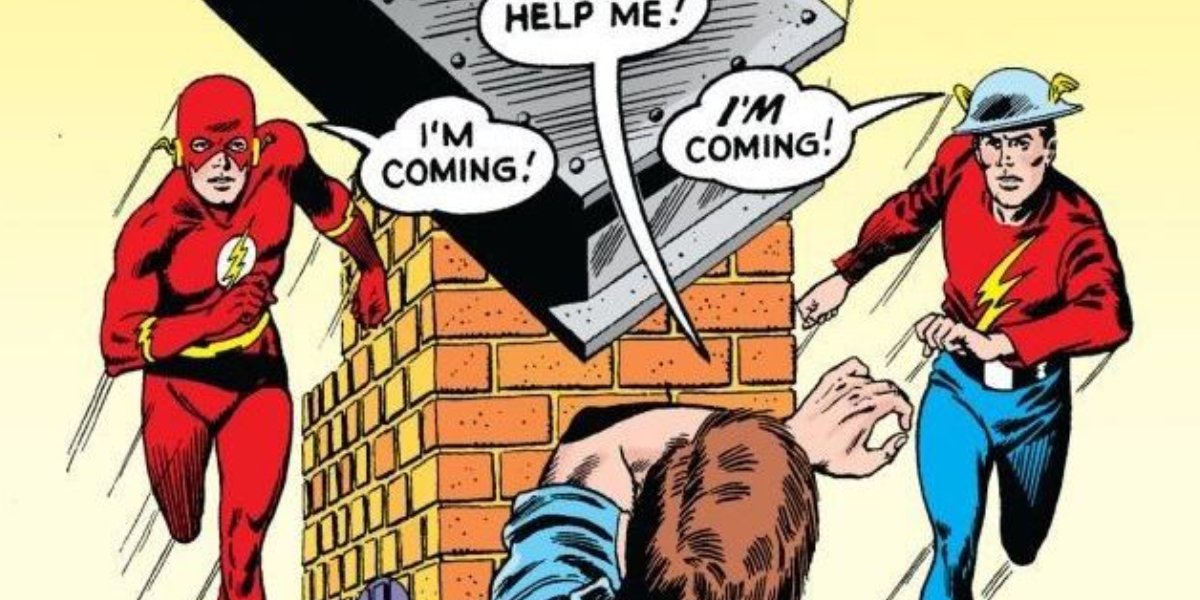
DC’s Multiverse Was First Introduced With The Team-Up Of Two Flashes
Most people associate The Flash with Barry Allen, but the first to hold the moniker was Jay Garrick - also a founding member of the Justice Society of America, a superhero team predating the Justice League, but later retconned out of DC’s main timeline. However, Barry Allen would get to meet his cross-dimensional counterpart when he was transported to Earth-Two in Gardner Fox’s landmark “Flash of Two Worlds” story from 1961. While this was not the first time the concept of alternate universes was explored in DC Comics, it was the first time it was given a name: the Multiverse.
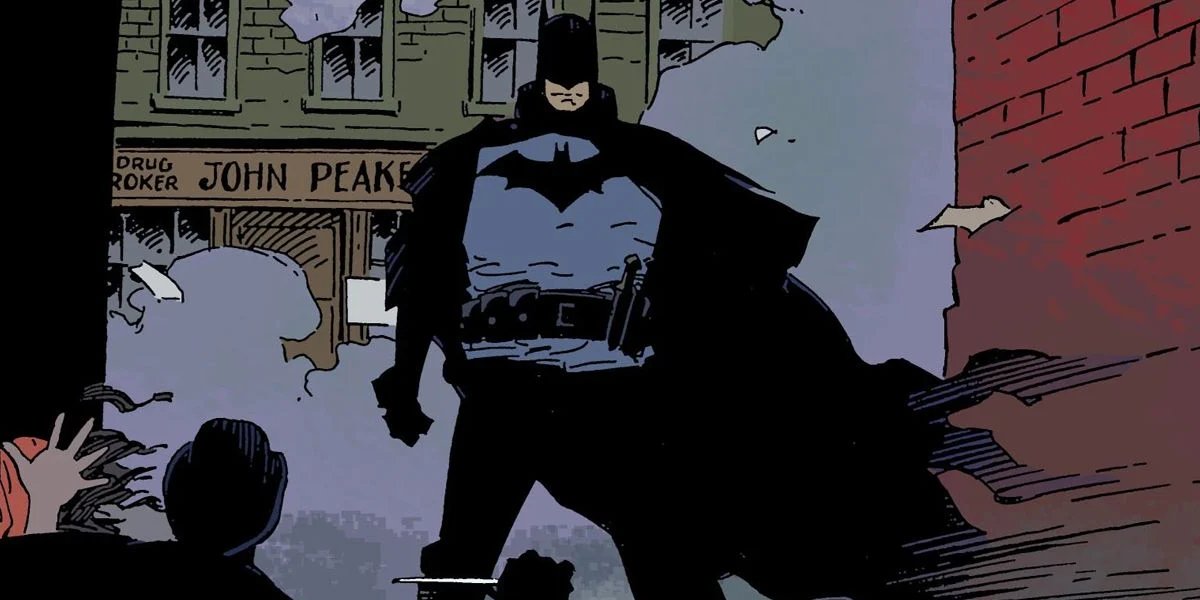
The Multiverse Has Allowed DC To Introduce New Characters And Stories
After Gardner Fox and DC editor Julius Schwartz introduced the Multiverse, DC Comics now had a chance to create even more Earths, where stories that would not work within the comics’ main continuity could exist. This would lead to the development of imprints like Elseworlds, which took characters in bizarre directions like Batman fighting Jack the Ripper in Batman: Gotham by Gaslight or Superman’s Kryptonian escape pod landing Russia instead of Smallville in Superman: Red Son), and mergers with other publishers like Fawcett Comics, Milestone Media, and even an epic crossover with Marvel in 1996. However, before that would happen, DC gave the Multiverse a grisly fate.
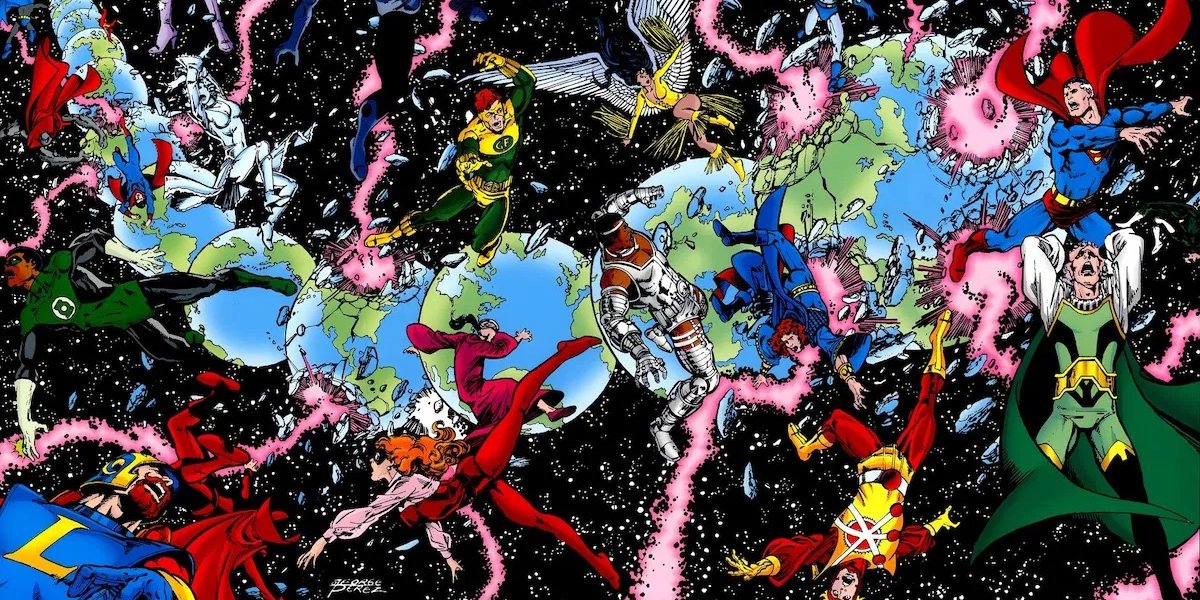
DC’s Multiverse Was Destroyed After Crisis On Infinite Earths
Fans of the Arrowverse TV shows will recall the jam-packed “Crisis on Infinite Earths” crossover event as a fun way for The CW’s shared universe of DC TV shows to explore different iterations of its most famous characters. However, Marv Wolfman’s original comic book crossover event, which sees a inter-dimensional team-up of various superheroes against the Anti-Monitor, was developed to correct some continuity errors that had become apparent and abandon the Multiverse altogether. The end of the 12-issue arc resulted in the “post-Crisis” era in which only five Earths (including the Silver Age as Earth-One and the Golden Age as Earth-Two) remained… for a while that is.
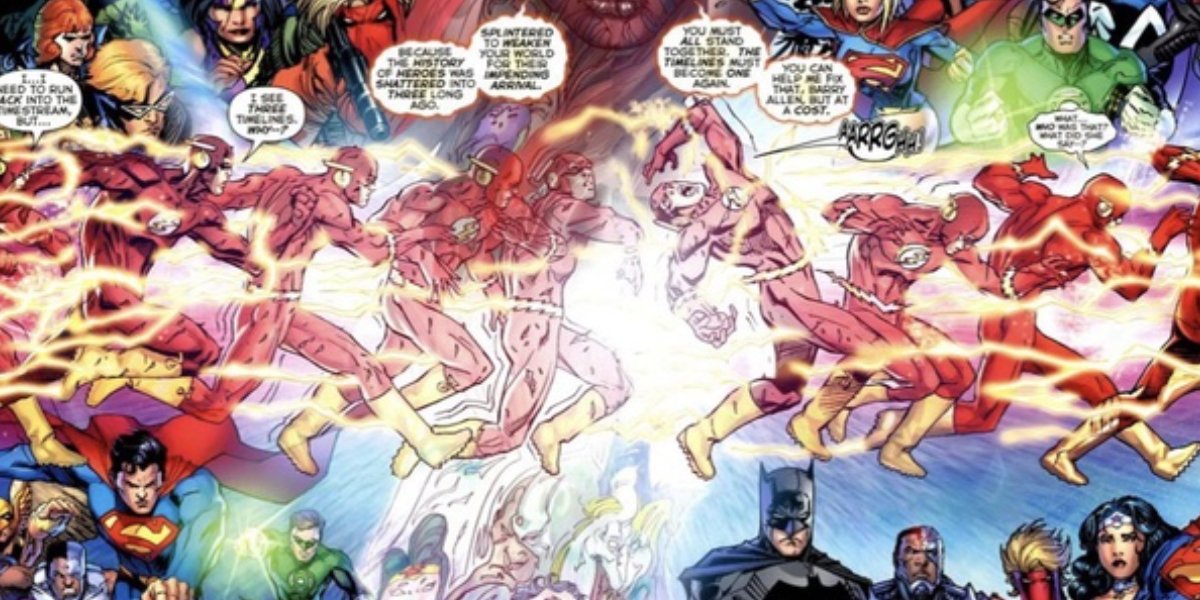
DC’s Flashpoint Created A New Multiverse Incarnation, The New 52
Geoff Johns’ 2005-2006 sequel to Crisis on Infinite Earths, called Infinite Crisis, would reintroduce the Multiverse, which was brought back in proper fashion with the preceding arc of weekly published stories called 52. However, the Multiverse would undergo another change (with The Flash at the center of it, once again) after the history-altering Flashpoint storyline resulted in The New 52 lineup in which the DC Universe merged with the Wildstorm Universe - later revealed to be the work of Doctor Manhattan’s experiments with altering reality in Doomsday Clock… Now, we seem to be at a point where all of this talk of rewriting history and melding different dimensions with one another is getting a little confusing (if it was not already), so why don’t we take a breather and pay a quick visit to those who exist outside of DC’s Multiverse?
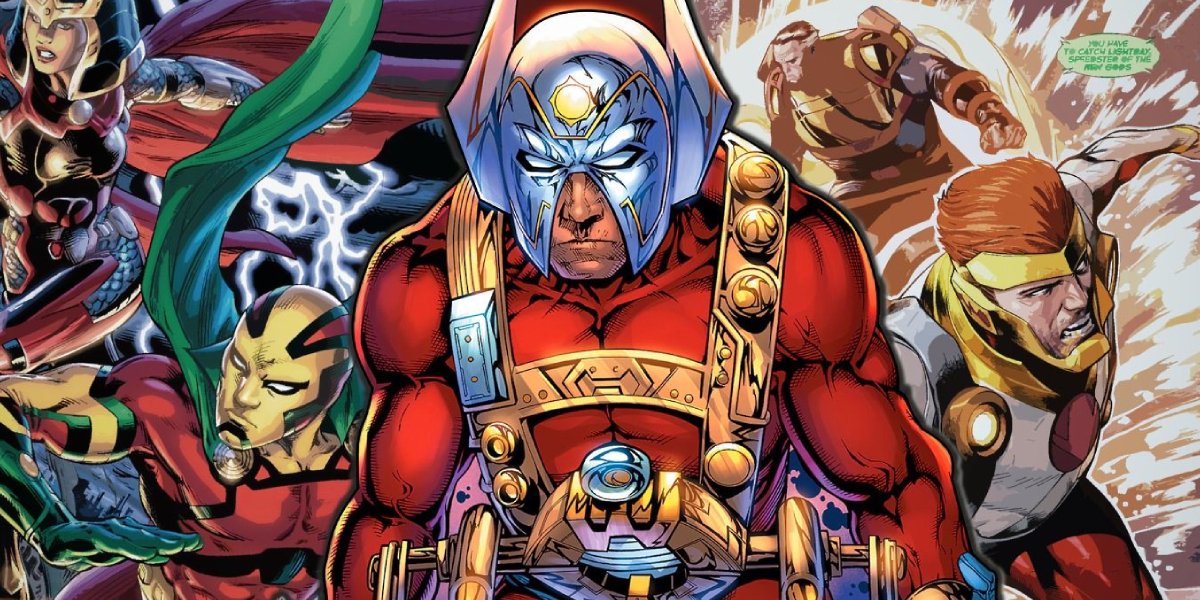
The New Gods Exist Outside The Multiverse
Any DC character you can think of has existed in some form of the DC Multiverse, except for any of the New Gods - a race of extremely powerful beings created by Jack Kirby who reside on twin planets New Genesis and Apokolips in a place outside of space and time called the Fourth Realm. Of course, the New Gods (who almost got their own movie until was wiped from the upcoming Ava Duvernay movies plan) have crossed paths with characters from within the Multiverse before, most notably the tyrannical Darkseid, who became the archenemy of the Justice League in 1980. If you were ever curious to see what the Multiverse looked like from these celestial beings’ perspective, Grant Morrison would provide readers with the chance.
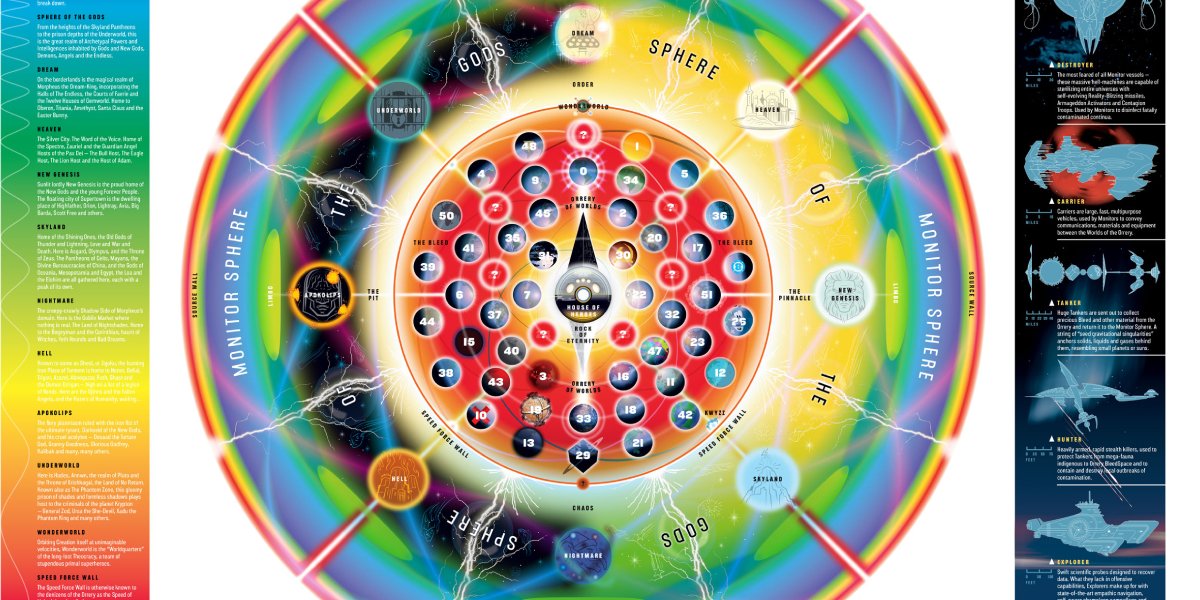
Writer Grant Morrison Fully Mapped Out The DC Multiverse
One of the most inventive comic book writers of all time, Grant Morrison, has been instrumental in some of the most unique revelations in the history of the DC Multiverse, such as when he and Mark Waid introduced the concept of Hypertime (which proposed all publications as canon or in-continuity “somewhere”) in the late 1990s series The Kingdom. It was in Morrison’s 2014-2015 limited series The Multiversity (in which the Multiverse is invaded by evil cosmic outsiders called the Gentry) when he created a map of the DC Multiverse in its entirety (following the events of the Flashpoint storyline, that is), which the DC Comics website would release an interactive version of. Of course, that updated comprehensive breakdown of the all the known universes in the DC Comics would, essentially, go obsolete just a few years later.
Your Daily Blend of Entertainment News
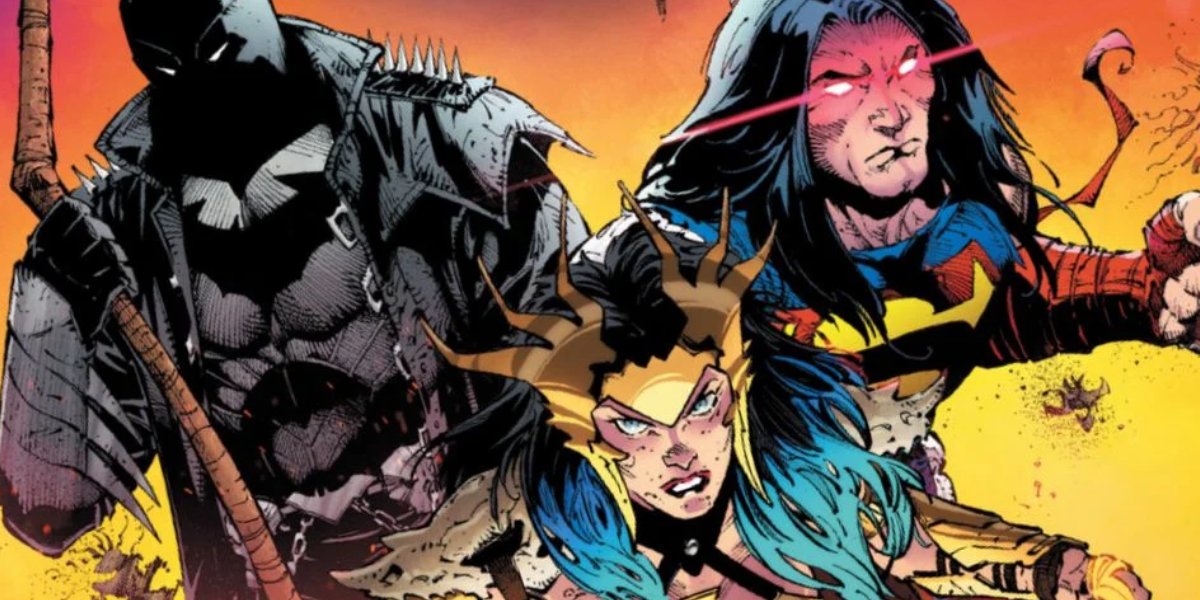
The Dark Nights: Metal Crossover Introduces The DC Omniverse
In 2017, DC Comics writer Scott Snyder launched the monthly publication Dark Nights: Metal, in which Batman discovers the existence of another “Dark Multiverse” that exists below the core DC Multiverse, which would eventually lead to the discovery of the Omniverse in 2020. To sum up this fascinating piece of WTF as best as I can, Lex Luthor reveals that every Crisis event has been caused by something called Crisis Energy, which creates a disconnect from the past, essentially rewriting history as we know it, whereas Anti-Crisis Energy is a force that unifies people through memory and thus makes all events in history known and important to canon. In other words, this Omniverse is the collection of everything that has happened in DC Comics on every Earth and in every iteration of the Multiverse we have seen.
Just when you thought things couldn’t get any bigger in comic book continuity than a Multiverse, things end up getting bigger. I wonder if, after the Flash movie introduces the Multiverse, if other upcoming superhero movies will attempt to incorporate the Omniverse, or will that be too much for some audiences to comprehend. Considering the audience for comic book movies is always looking for something to be challenged with (or so they claim, at least), it might be the creative gamble that unifies us, just like how the Omniverse was created, after all.

Jason Wiese writes feature stories for CinemaBlend. His occupation results from years dreaming of a filmmaking career, settling on a "professional film fan" career, studying journalism at Lindenwood University in St. Charles, MO (where he served as Culture Editor for its student-run print and online publications), and a brief stint of reviewing movies for fun. He would later continue that side-hustle of film criticism on TikTok (@wiesewisdom), where he posts videos on a semi-weekly basis. Look for his name in almost any article about Batman.
